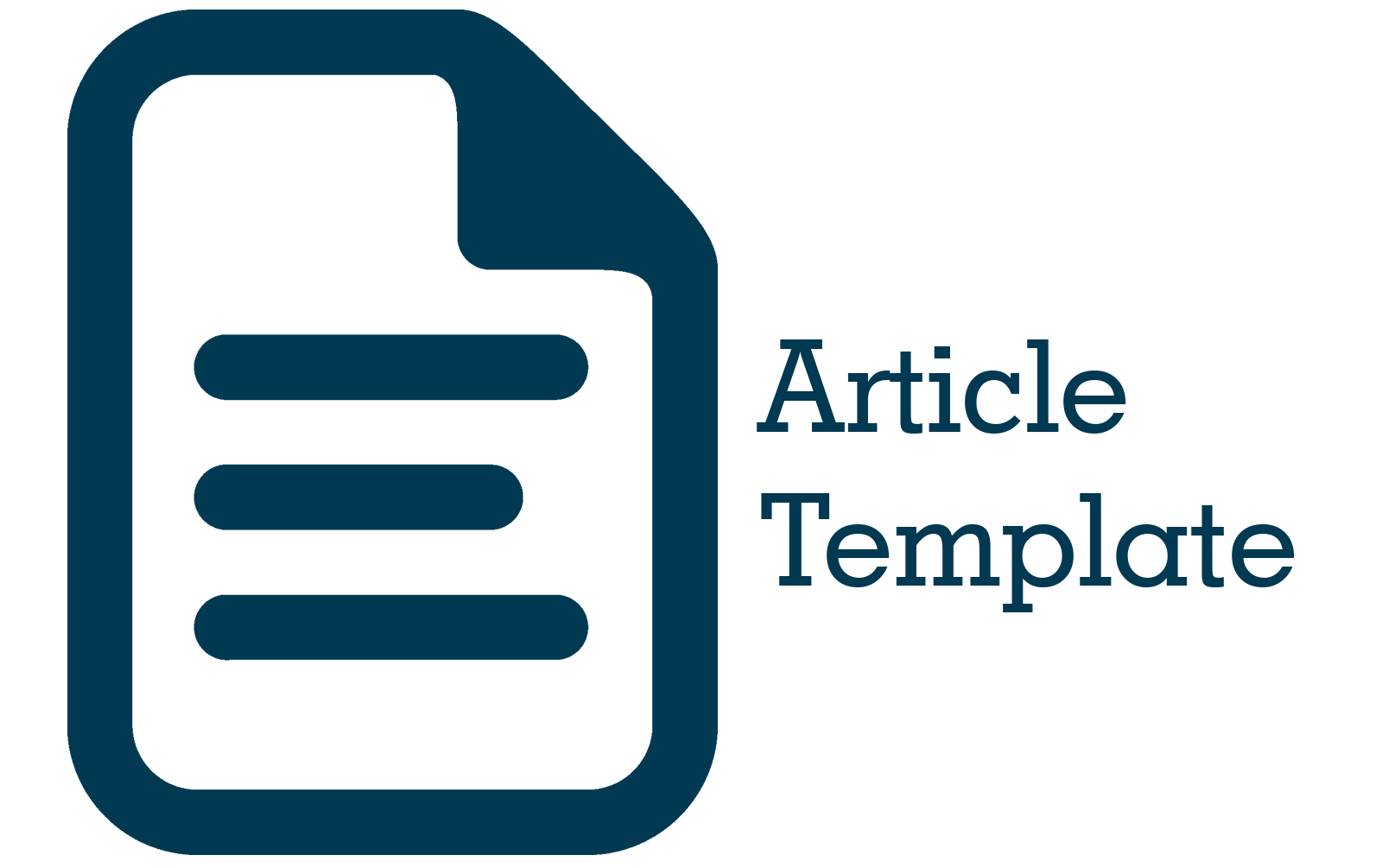Penerapan Regresi Rebust Menggunakan Estimasi-S dengan Pembobotan Tukey Bisquare dan Welsch dalam Mengatasi Outlier
Abstract
Abstract. Multiple linear regression analysis is a method for predicting the value of the dependent variable based on more than one independent variable. If in the multiple linear regression analysis there is a violation of the classical assumption, then the Least Squares Method (MKT) is not appropriate to use. In this study, the assumption of homoscedasticity was not met because there were outliers that affected the regression model. The right solution to overcome this is using robust regression without removing outlier data. Therefore, the author will discuss the robust regression of S-estimation using Tukey Bisquare and Welsch weighting on the human development index data for Central Java Province in 2021. The data includes the human development index as the dependent variable (Y), the net enrollment rate as the 1st independent variable (X1), the number of health facilities as the 2nd independent variable (X2), and the open unemployment rate as the 3rd independent variable (X3). Based on the results of the study, it was found that Tukey Bisquare's weighted S-estimation produces the best robust regression model because the Adjusted R-Square value of Tukey Bisquare's weighting is greater than Welsch's weighting (89.83% > 89.05%) and the Residual Standard Error (RSE) value of Tukey Bisquare's weighting is smaller than Welsch's weighting (2.783 <2.860).
Abstrak. Analisis regresi linear berganda adalah metode untuk memprediksi nilai variabel terikat berdasarkan lebih dari satu variabel bebas. Jika dalam analisis regresi linear berganda terdapat pelanggaran asumsi klasik maka Metode Kuadrat Terkecil (MKT) tidak tepat digunakan. Pada penelitian ini, asumsi homoskedastisitas tidak terpenuhi karena ada outlier yang mempengaruhi model regresi. Solusi yang tepat untuk mengatasinya digunakan regresi robust tanpa menghapus data pencilan. Maka dari itu, penulis akan membahas mengenai regresi robust estimasi-S menggunakan pembobotan Tukey Bisquare dan Welsch pada data indeks pembangunan manusia Provinsi Jawa Tengah tahun 2021. Data tersebut meliputi indeks pembangunan manusia sebagai variabel tak bebas (Y), angka partisipasi murni sebagai variabel bebas ke-1 (X1), jumlah sarana kesehatan sebagai variabel bebas ke-2 (X2), dan tingkat pengangguran terbuka sebagai variabel bebas ke-3 (X3). Berdasarkan hasil penelitian diperoleh bahwa estimasi-S pembobotan Tukey Bisquare menghasilkan model regresi robust terbaik karena nilai Adjusted R-Square dari pembobotan Tukey Bisquare lebih besar daripada pembobotan Welsch (89,83% > 89,05%) dan nilai Residual Standard Error (RSE) dari pembobotan Tukey Bisquare lebih kecil daripada pembobotan Welsch (2,783 < 2,860).
References
Chen, C. (2002). The Robust Regression and Outlier Detection With The Robustreg Procedure. SUGI Paper 265-267. Cary, NC: SAS Institute.
Faisal, S. A., & Rifai, N. K. (2023). Penerapan Metode Hierarchial Clustering Multiscale Bootstrap untuk Pengelompokkan Indikator Indeks Pembangunan Manusia Tahun 2021 di Jawa Barat. Bandung Conference Series: Statistics, 3(1), 100-106.
Manga, A., Padang, T., Anisa, & Jaya, A. K. (2015). Perbandingan Regresi Rebust dengan Estimasi S (Scale) Menggunakan Fungsi Pembobotan Tukey Bisquare dan Huber. Makassar: Universitas Hasanuddin, Makassar.
Montgomery, D. C., Peck, E. A., & Vining, G. G. (1992). Introduction to Linear Regression Analysis. Toronto: John Willey & Sons.
Sudjana. (2013). Metode Statistika. Edisi 7. Bandung: Tarsito.
Susanti, Y., Pratiwi, H., & Liana, T. (2014). M Estimation, S Estimation and MM Estimaton in Robust Regression. International Journal of Pure and Appliead Mathematics, 5(2), 349-360.
Sutiarini, Z., & Listyani, E. (2017). Analisis Regresi Rebust Estimasi-S menggunakan Pembobotan Welsch dan Tukey Bisquare. Jurnal Kajian dan Terapan Matematika, 6(1), 48-55.











